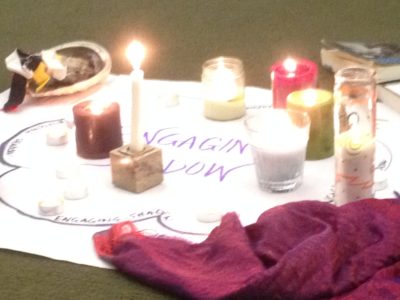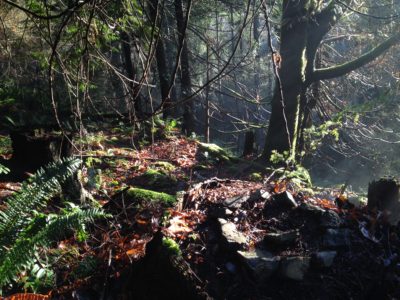From my work in the 90s with The Berkana Institute, where we often affirmed, “Whatever the problem, community is the answer.”
Meg Wheatley wrote these practices. I found myself looking for them as a resource to use at the Engaging Shadow series that Kinde Nebeker and I are hosting. Engaging shadow, or as one participant spoke, befriending shadow is important work that connects to these great practices.
Core Practices of Life-Affirming Leaders
Here are some of the behaviors and practices of leaders who are able to nourish and evoke the best qualities in people. By doing so, these leaders affirm life’s capacities to self-organize in creative, sustainable, and generous ways.
Know they cannot lead alone. In these complex times, no one person is smart enough to know what to do. Many different perspectives are necessary in order to gain a fuller understanding of what is happening.
Have more faith in people than they do in themselves. This is especially important in organizations and nations where people have been oppressed or told they’re not capable of being creative or powerful. Leaders patiently and courageously insist on peoples’ participation as the means to discover their potential and contribute to the organization.
Recognize human diversity as a gift, and the human spirit as a blessing. We each see the world differently. When we share these unique perceptions, we gain a larger perspective of what’s going on. And it is only our great human spirits that bless us with hope and possibility even in the worst circumstances.
Act on the fact that people only support what they create. And only act responsibly for what they care about. Therefore, leaders engage people in anything that affects them. Decision-making processes expand to include more and more voices.
Solve unsolvable problems by bringing new voices into the room. Systems grow healthier as they connect with those formerly excluded. New and different information changes how we define the problem, and make new solutions available.
Use learning as the fundamental process for resiliency, change and growth. When reflection and learning are built in to all activities and projects, people become intelligent. We quickly find workable and innovative solutions. Without reflection, we keep repeating our mistakes.
Offer purposeful work as the necessary condition for people to engage fully. When people know why they’re doing their work and connect with the purpose of it, they then assume responsibility for that work. They become creative and work hard to find the most effective solutions.


